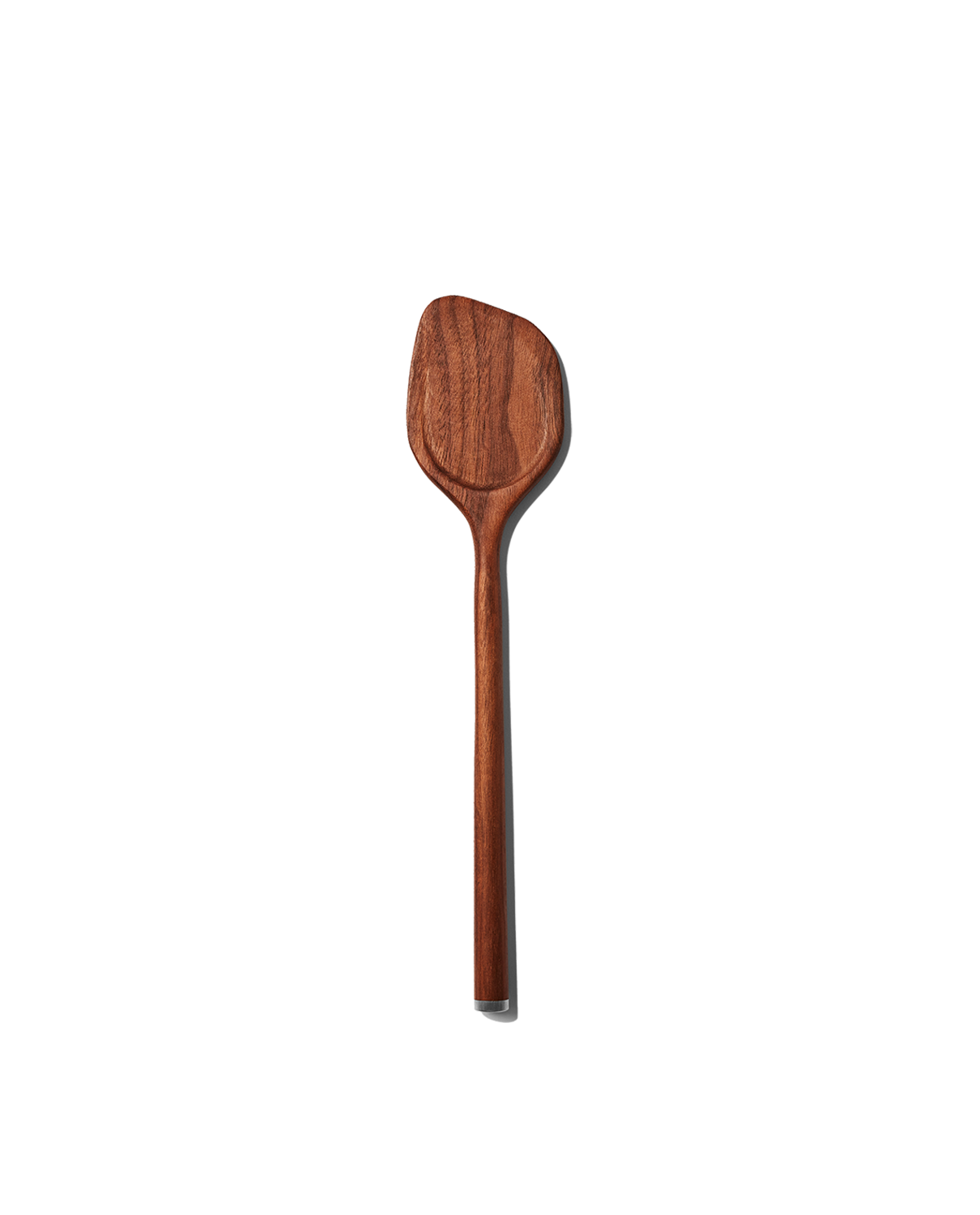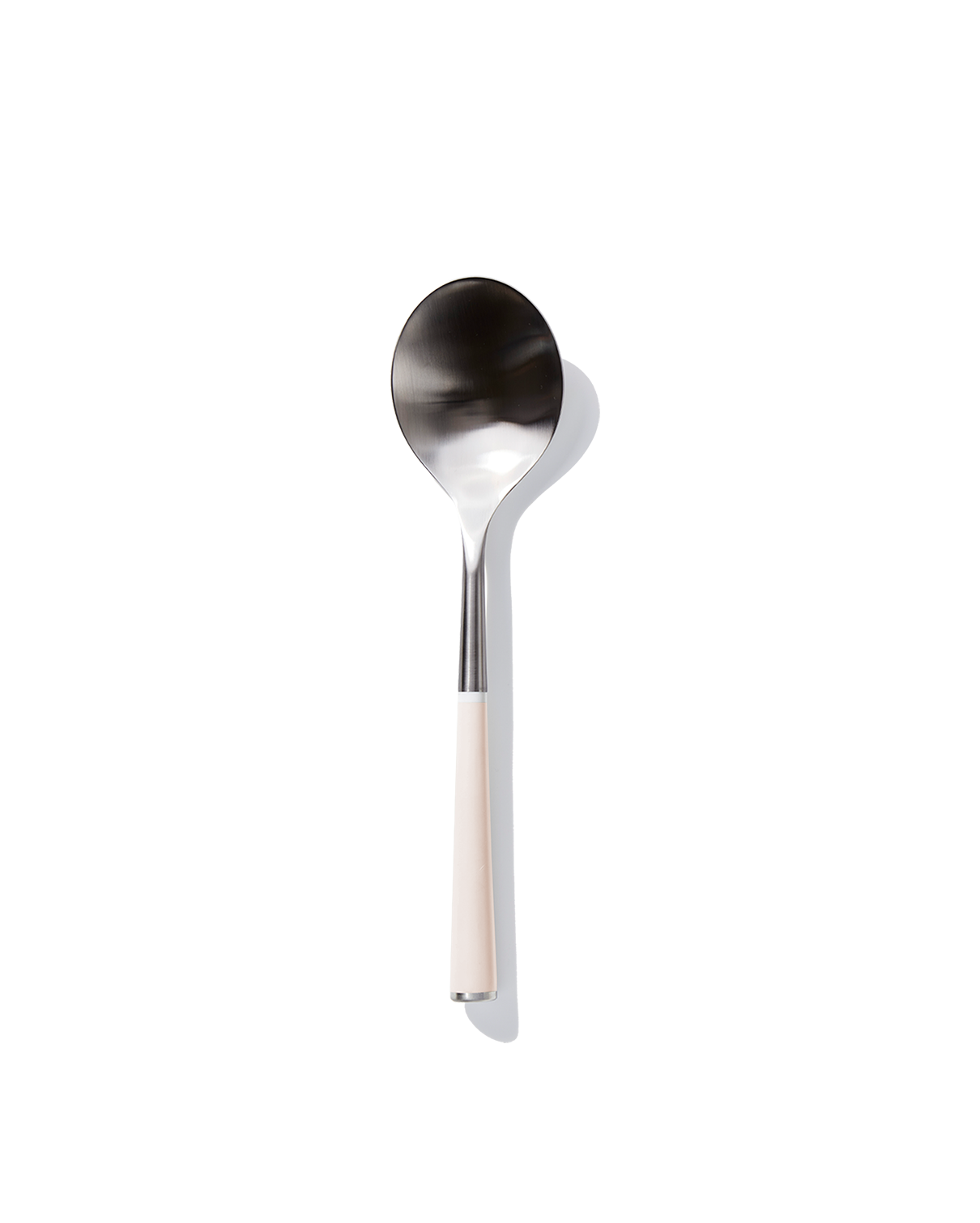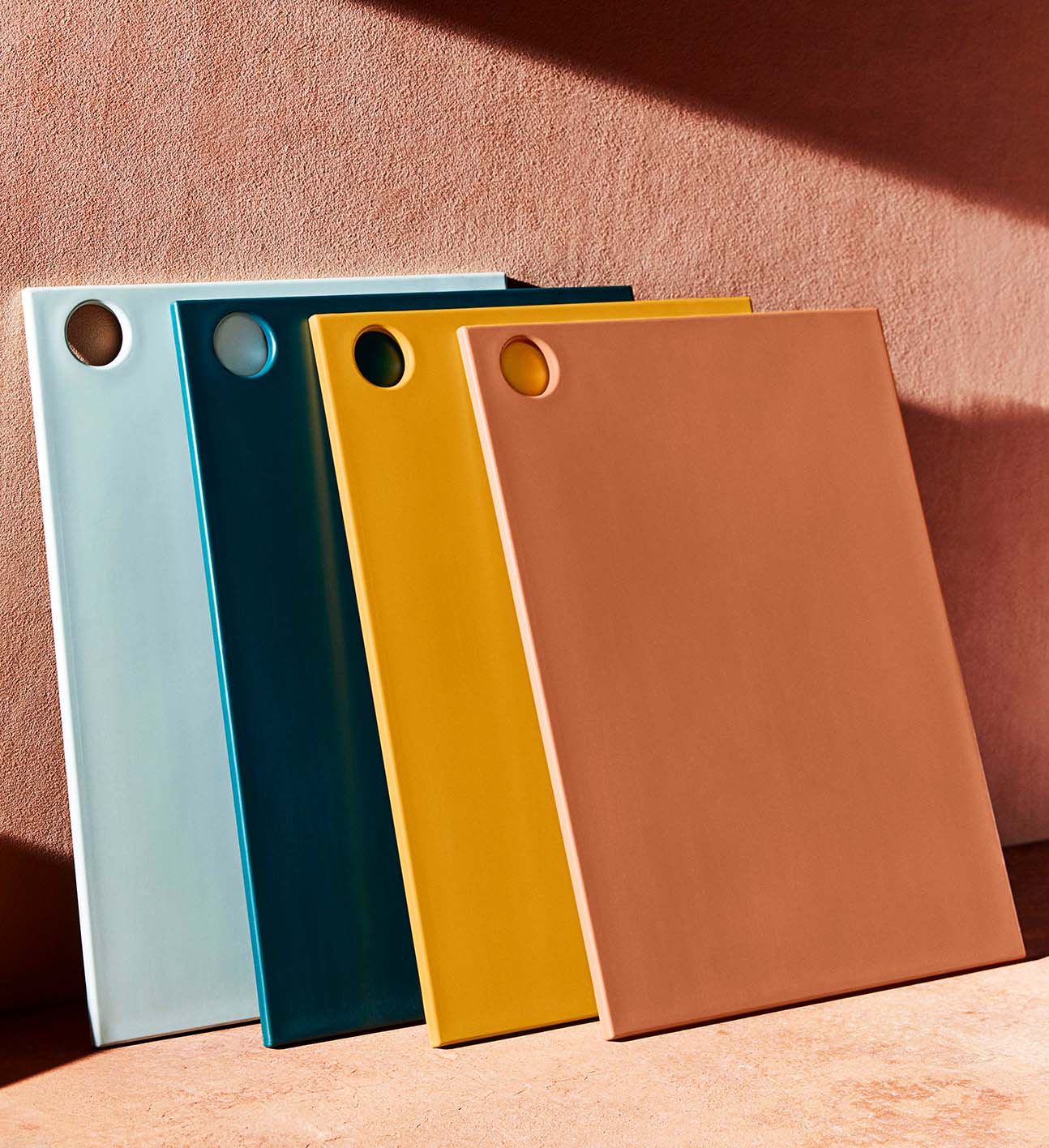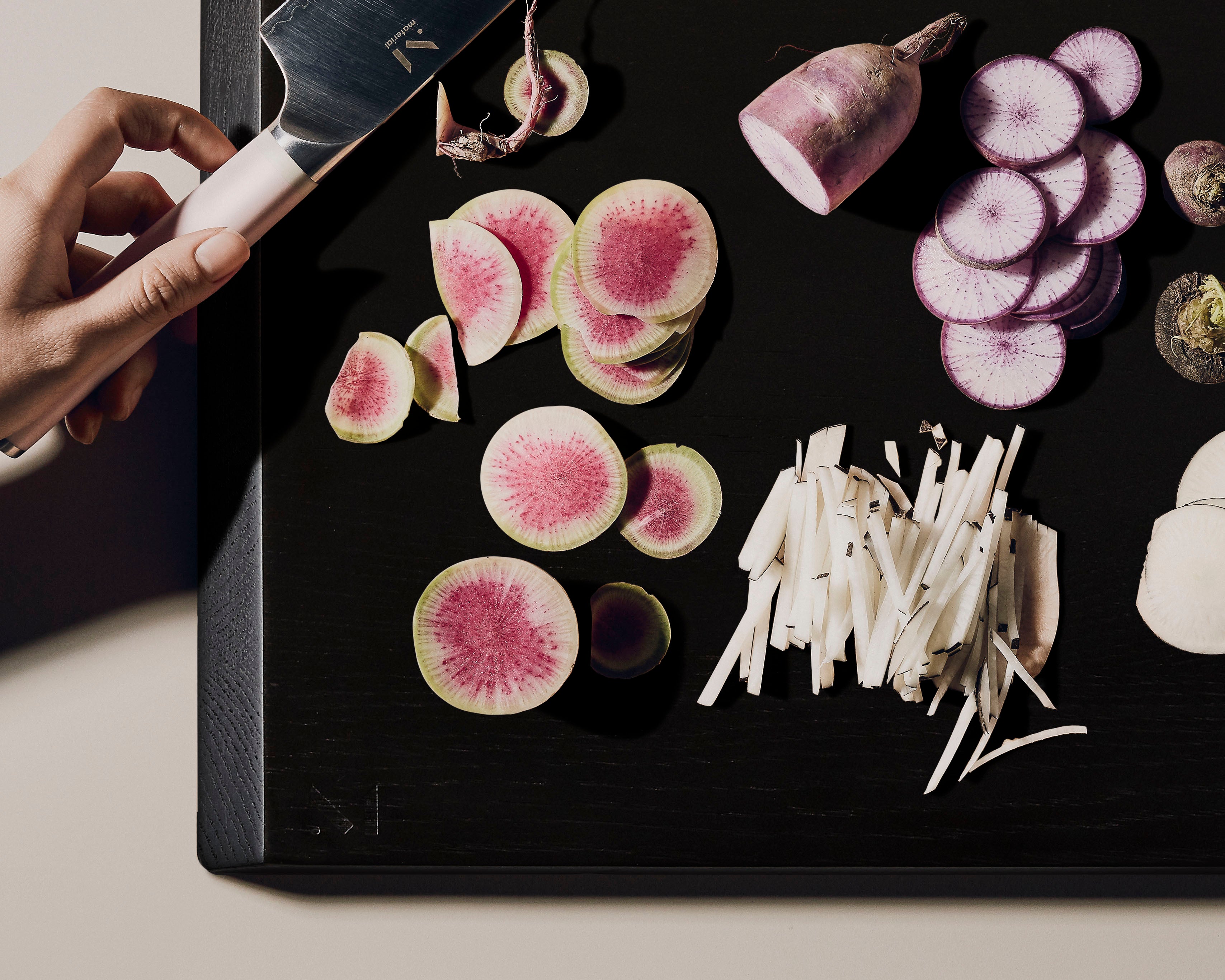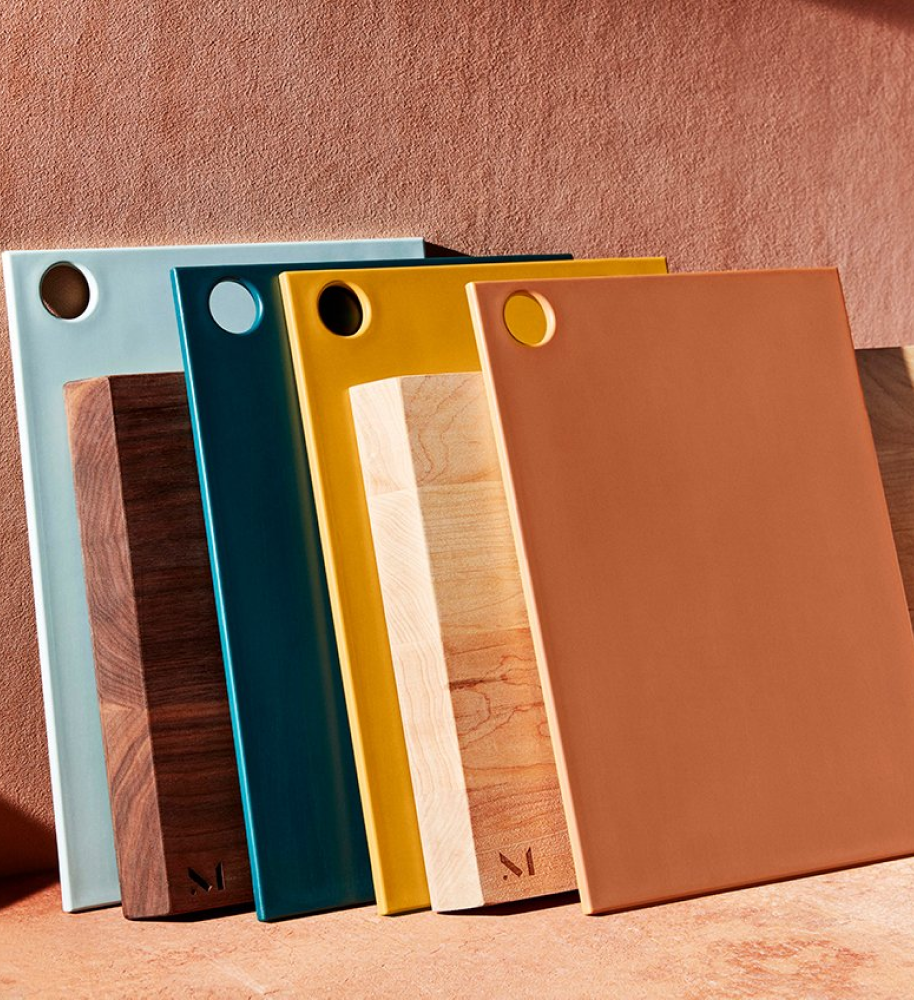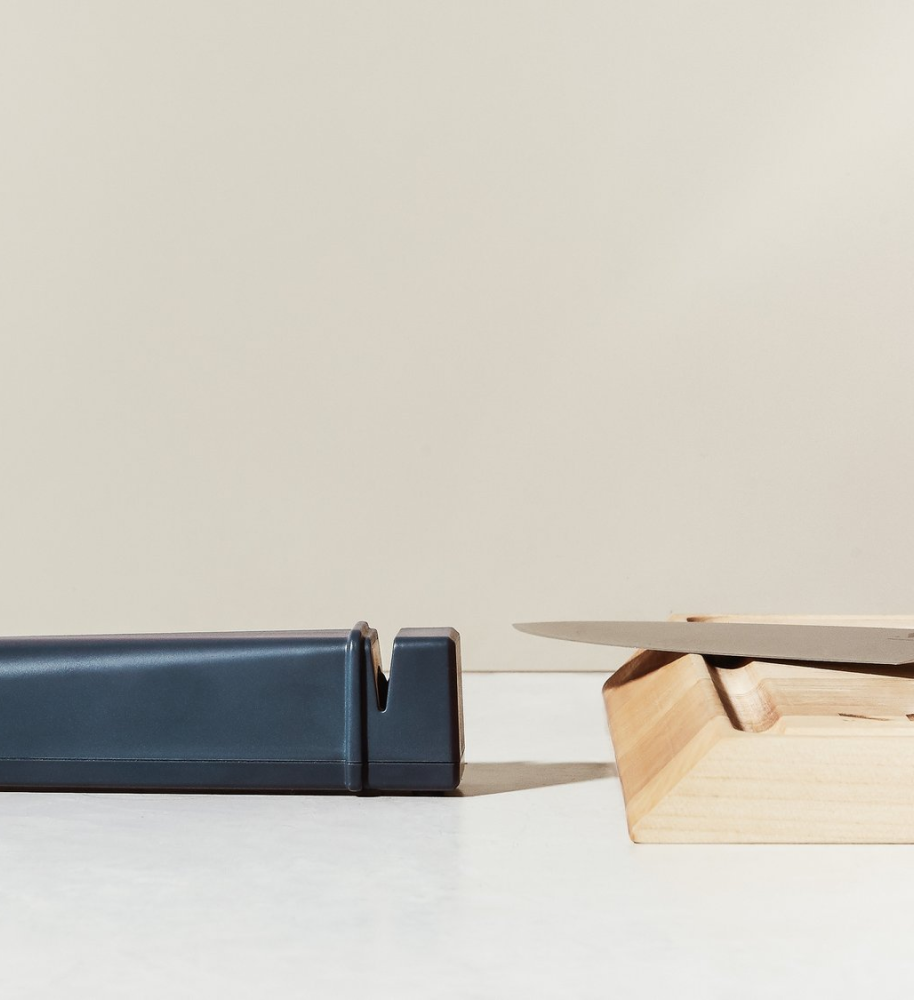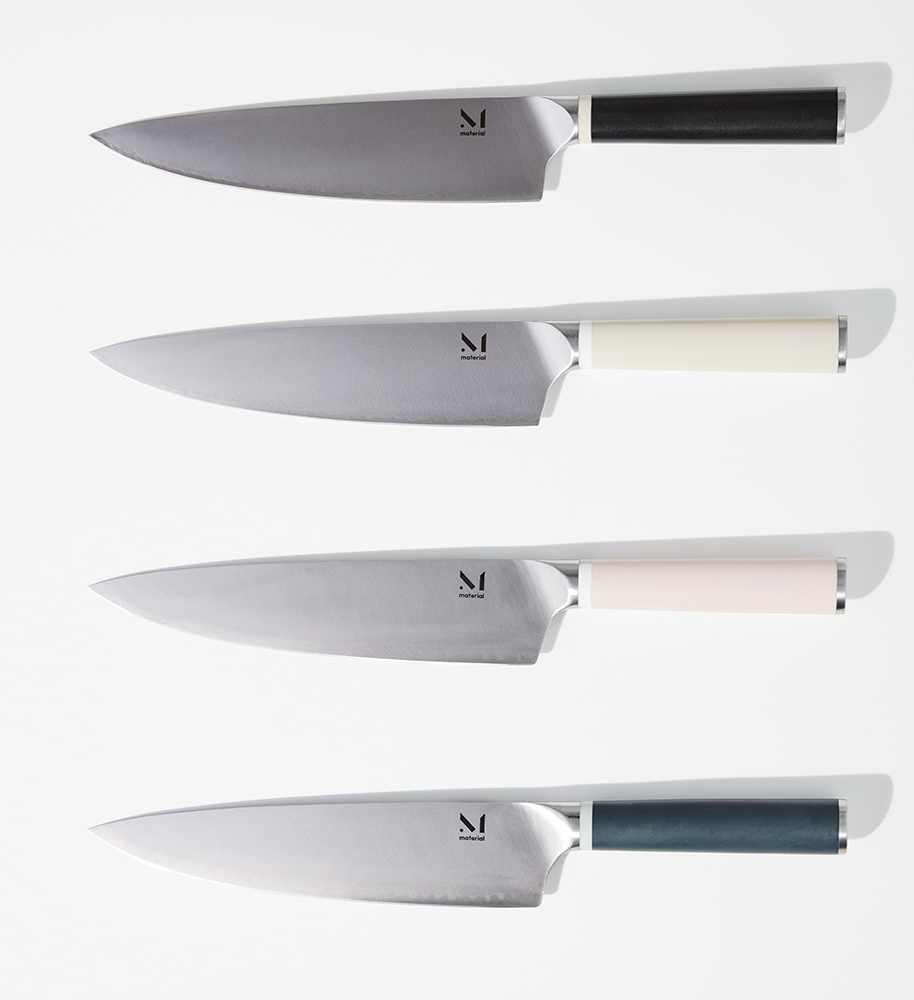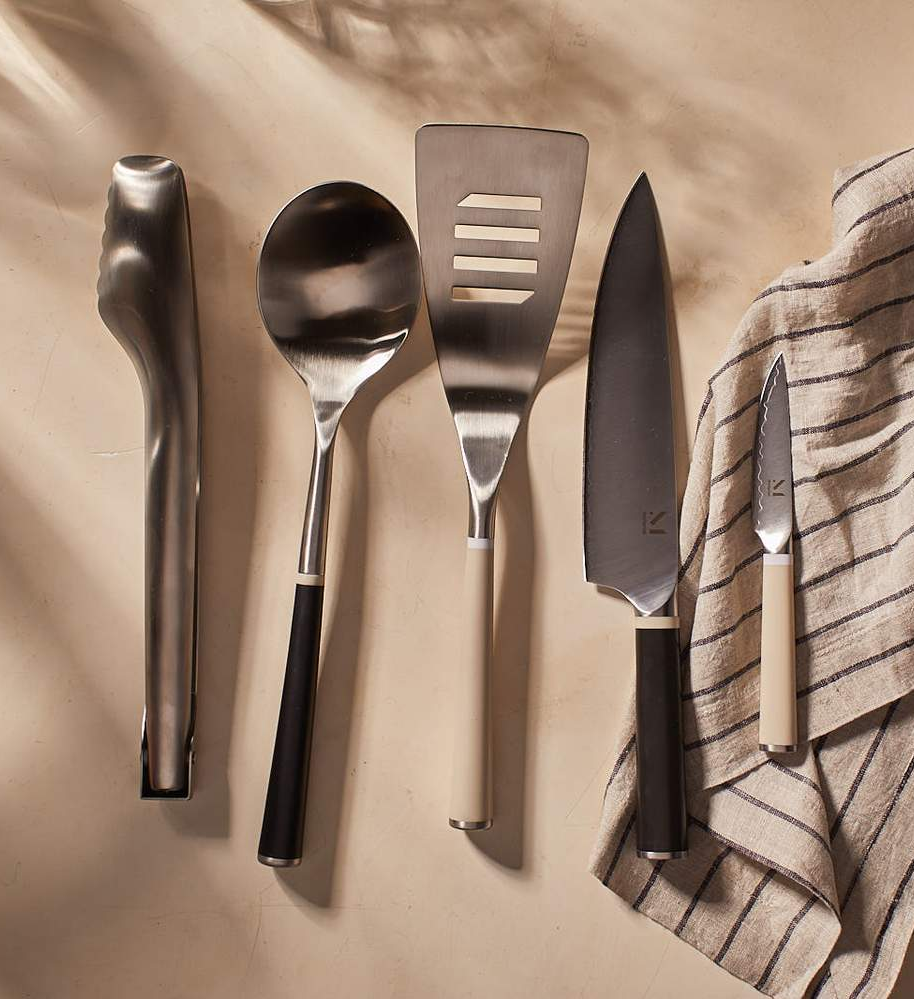Wooden spoons are like cast iron skillets: good ones last a lifetime, and they get better with age.
Like cast iron, wooden spoons develop a slick, smooth patina over time, and every time you pick up a wooden spoon, you subtly shape it to your hand. They’re more than tools: they’re pets you raise.
Okay, maybe that’s an exaggeration, but not much of one. At restaurants, line cooks usually pick up whatever tools are stocked in the kitchen, but it’s common to see them bring in their favorite wooden spoon. And pack it up when they leave so no one nabs it.


So besides feeling good, why all the love for a stick of wood? For one, wood is a poor conductor of heat, which means the spoon handle stays cool to the touch as you cook; that coolness is also helpful when you’re tasting a slurp of soup or sauce. The spoon’s soft surface won’t scratch up non-stick pans. And its wide shape but narrow edge makes it the ideal tool to stir a pot of food, all while scraping the bottom of the pan and digging into corners. For this reason, a growing number of kitchenware companies are making flat-edged spoons ideal for scraping. We think that idea’s half-right. A flat edge is good, but even better is an edge on an angle. Half the spoon is round and ripe for tasting, while the other ends at a rounded point, the perfect thing to get into even the smallest cravices.

Wooden spoons are great for scraping pans and sneaking tastes, but they can’t do everything. Sometimes you need something stronger, with greater heft, to get the job done. Enter the metal spoon—stainless steel preferably—because you want a tough, dense metal to break up chunks of ground beef, stir through thick pots of ragu, and crisp cubes of sweet potato for a nice hash. While our walnut and beech wooden spoons are balanced in the middle to feel like an extension of your arm, our metal spoon is weighted at the bottom to help you bring some real force to your pan.
One last spoon thought: If you’re going to own a cooking spoon, get one beautiful enough to use at the table. That’s another reason we love our stain-resistant steel version—it looks the part no matter what room it’s in.

